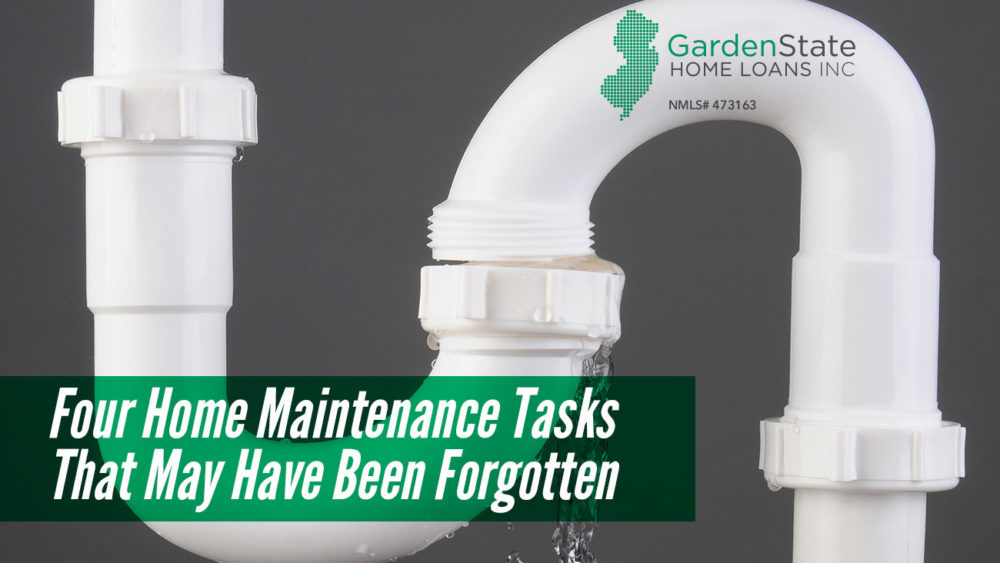Home Maintenance Tasks
It’s easy to become overwhelmed with all the chores you must do as a homeowner. As a result, some tasks may be forgotten. However, these tasks still need to be taken care of. Here are four home maintenance tasks that you may not think to complete to get you started.
-
Refrigerator drip pan
To clean the refrigerator drip pan, you first have to find it. First, take off the kick panel at the bottom of the fridge. Then, trace the defrost drain line to the pan. The pan is where the line empties out. Gently pull out the pan out, being careful not to spill any of the water in the pan. Dump out the water in the sink and clean with any all-purpose cleaner before replacing the pan. Failing to clean the drip pan can result in mold growth, and no one wants that!
-
Refrigerator coils
Refrigerators use a coil system to cool and condense the refrigerant. Unfortunately, these coils attract dust and dirt. On some models, these coils are located at the bottom of the fridge. On others, they are located on the back of the fridge. As they get dirtier, the coils can’t efficiently release heat, making them work harder and longer than necessary. This results in more energy being used (and a higher energy bill) and a shorter lifespan for your fridge. To clean the coils, use a coil-cleaning brush and a vacuum. The cleaning brush can be found online or at your local hardware store.
-
Dryer lint screen
While it’s common knowledge to rid the screen of lint after doing a couple loads of laundry, you may not know that you should clean the entire screen! The residue from dryer sheets and fabric softener can build up on the screen and block the airflow. This can lead to inefficient drying and even dryer fires. To clean the lint screen, soak the screen in a mixture of hot water and a dishwashing soap that is designed to remove grease and oil. After soaking, gently scrub the screen with a soft brush, rinse it, and let it air dry before reinserting it.
-
Test for water leaks
Testing for water leaks can help you save water and money on your water bill. Most importantly, it can protect you from water damage. To check for water leaks, take a water meter reading and avoid using water for the next two hours. After two hours, check the meter again. If the reading changes, you have a leak. If you do have a leak, check the pipes of any appliances that use water for cracked, bulging, or damaged hoses. Leaky hoses are easy to repair by yourself. A plumber should repair the more extensive damage.


Comments are closed.